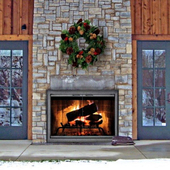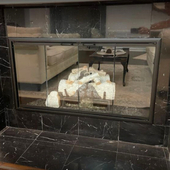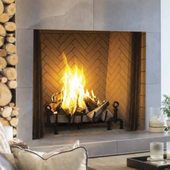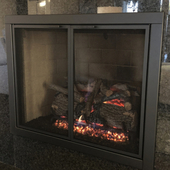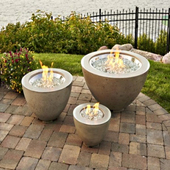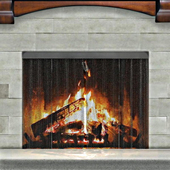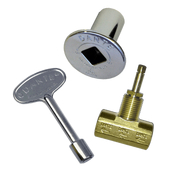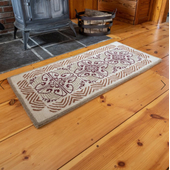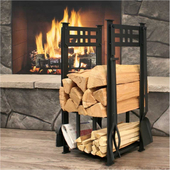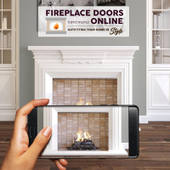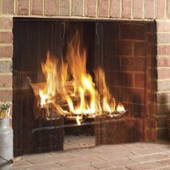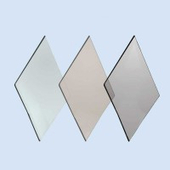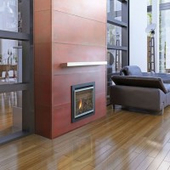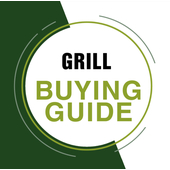Stove Pipe - Single Wall vs. Double Wall
Single Wall Stove Pipe
Single-wall stove pipe, also known as single-wall chimney pipe, is a straightforward and economical choice for venting wood-burning appliances. It consists of a single layer of metal and is typically made of galvanized or stainless steel. Here's what you need to know about single-wall stove pipes:
Cost-Effective: Single-wall stove pipes are generally more affordable than their double-wall counterparts, making them a budget-friendly option.
Installation Location: Single-wall stove pipes are suitable for use as a connector pipe between the appliance and the chimney or for short vertical runs inside the home. They should be used only in areas where clearances to combustible materials can be maintained.
Frequently Asked Questions - Single Wall Stove Pipe
Q: Can I use single-wall stove pipe for a long chimney run?
A: It is not recommended to use single-wall stove pipe for extended vertical chimney runs due to the potential for heat transfer to nearby combustibles. Double-wall pipe is safer for such applications.
Q: What are the clearance requirements for single-wall stove pipes?
A: Clearance requirements vary depending on local building codes and the manufacturer's guidelines, but typically, single-wall stove pipes require a minimum clearance of 18 inches to combustible materials.
Double Wall Stove Pipe
Double-wall stove pipe, also known as double-wall chimney pipe, offers enhanced safety and insulation compared to single-wall pipes. It features two layers of metal with an insulating layer in between. Here are the key features:
Enhanced Safety: Double-wall stove pipes are designed to reduce the risk of heat transfer to nearby combustibles, making them safer for longer chimney runs and installations closer to walls and ceilings.
Installation Location: Double-wall stove pipes are suitable for a variety of applications, including longer vertical chimney runs, installations near walls and ceilings, and any situation where increased safety is essential.
Frequently Asked Questions - Double Wall Stove Pipe
Q: What are the benefits of using double-wall stove pipe?
A: Double-wall stove pipes provide better insulation and reduce the risk of overheating, making them ideal for installations in tight spaces or near combustibles.
Q: Can I transition from single-wall to double-wall pipe in my chimney system?
A: Yes, you can transition from single-wall to double-wall stove pipe, but it's essential to follow the manufacturer's guidelines and local building codes when doing so.
Q: Do I still need to maintain clearances with double-wall stove pipe?
A: Yes, clearances are necessary even with double-wall stove pipes, although they are generally smaller than those required for single-wall pipes. Always follow the manufacturer's instructions and local regulations.
Understanding the differences between single-wall and double-wall stove pipes and their proper installation locations is crucial for the safety and efficiency of your wood-burning appliance. Always consult with a professional at Fireplace Doors Online and adhere to local building codes when planning your installation.












